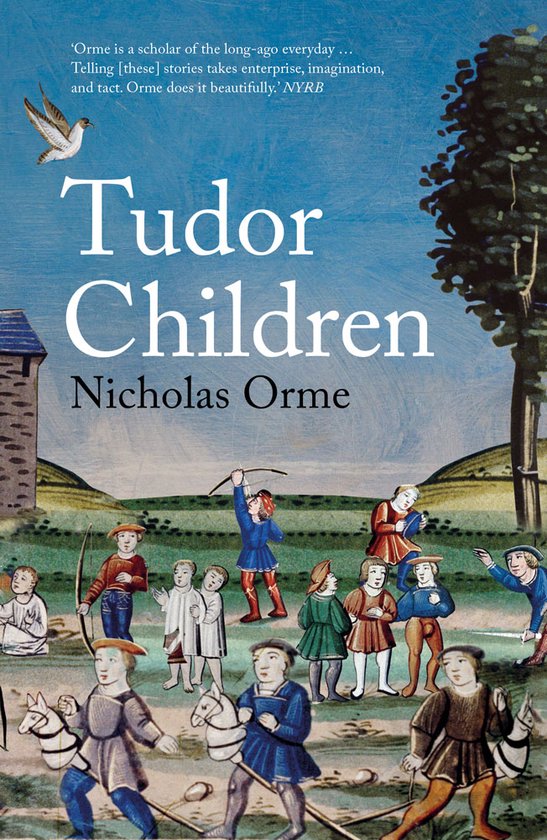
Tudor Children
The first history of childhood in Tudor England
The first history of childhood in Tudor England
“Tudor Children is social history at its best. . . . By connecting with our own history as children, Orme invites us to embrace a new way of engaging with the past.”—Joanne Paul, Times (UK)
What was it like to grow up in England under the Tudors? How were children cared for, what did they play with, and what dangers did they face?
In this beautifully illustrated and characteristically lively account, leading historian Nicholas Orme provides a rich survey of childhood in the period. Beginning with birth and infancy, he explores all aspects of children’s experiences, including the games they played, such as Blind Man’s Bluff and Mumble-the-Peg, and the songs they sang, such as “Three Blind Mice” and “Jack Boy, Ho Boy.” He shows how social status determined everything from the food children ate and the clothes they wore to the education they received and the work they undertook.
Although childhood and adolescence could be challenging and even hazardous, it was also, as Nicholas Orme shows, a treasured time of learning and development. By looking at the lives of Tudor children we can gain a richer understanding of the era as a whole.
The first history of childhood in Tudor England
“Tudor Children is social history at its best. . . . By connecting with our own history as children, Orme invites us to embrace a new way of engaging with the past.”—Joanne Paul, Times (UK)
What was it like to grow up in England under the Tudors? How were children cared for, what did they play with, and what dangers did they face?
In this beautifully illustrated and characteristically lively account, leading historian Nicholas Orme provides a rich survey of childhood in the period. Beginning with birth and infancy, he explores all aspects of children’s experiences, including the games they played, such as Blind Man’s Bluff and Mumble-the-Peg, and the songs they sang, such as “Three Blind Mice” and “Jack Boy, Ho Boy.” He shows how social status determined everything from the food children ate and the clothes they wore to the education they received and the work they undertook.
Although childhood and adolescence could be challenging and even hazardous, it was also, as Nicholas Orme shows, a treasured time of learning and development. By looking at the lives of Tudor children we can gain a richer understanding of the era as a whole.
| Auteur | | Nicholas Orme |
| Taal | | Engels |
| Type | | Paperback |
| Categorie | | Gezin & Relaties |